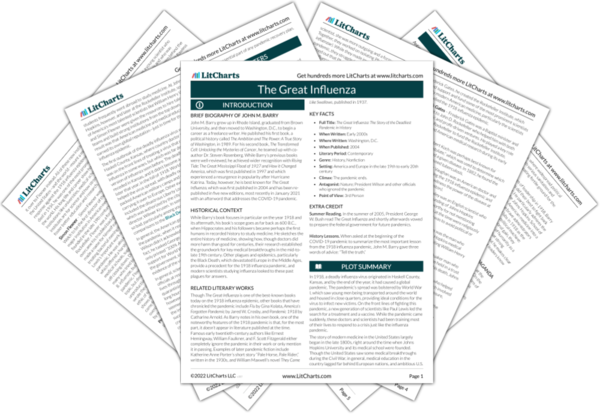These three incidents, spread across three continents, emphasize the extent to which the influenza pandemic was truly global. Notably, the movements that caused the disease to spread tended to be related to the war, suggesting that events like wars can have negative consequences that stretch beyond just battlefield casualties.
